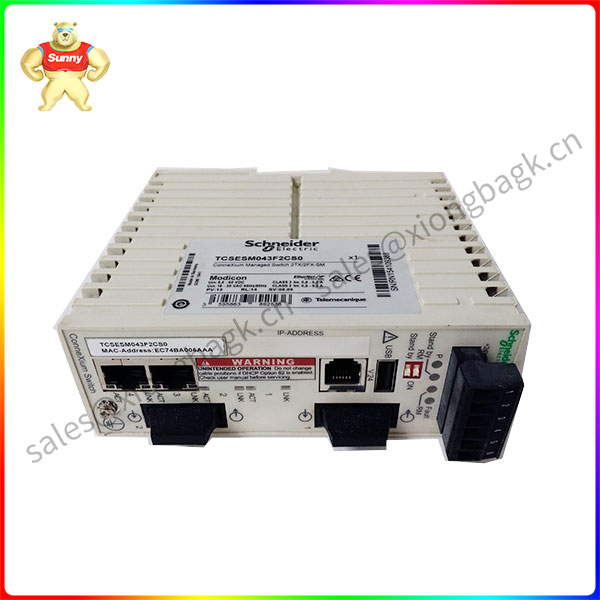About halfway through 2024, there is little news about the financing of the industrial 3D vision track, and some questions continue to come out: Is industrial 3D vision going to “turn off”?
TCSESM043F2CS0 Such an idea is nothing more than to compare the current situation of the industrial 3D vision industry with that of the previous two years when the limelight was at its peak: capital attention has been greatly reduced, the voice of some media has become louder, and the development of the industry seems not to be as fast as expected. However, from an objective point of view, these factors cannot deny the achievements and potential of the development of the industry.
Real industrial 3D vision industry
Low permeability, high growth rate, great potential
In 2023, the penetration rate of industrial 3D vision in the overall machine vision industry is only 5.3%, which is currently at a low level, and the industry development is still in the early stage. Compared with 2D vision, 3D vision still has great potential due to its rigid demand for three-dimensional imaging.
According to MIR statistics, the shipments of the industrial 3D vision industry in 2023 reached 42,800 sets, which still achieved a year-on-year growth rate of 23% under the background of sluggish manufacturing investment, and the shipments of the guiding market reached 11,800 sets, which achieved a high growth rate of 38%. Although the overall growth rate of the industry has slowed down compared to previous years, the compound growth rate in the next three years will remain at a high level.
TCSESM043F2CS0 In MIR’s view, the real transformation of the industry is a return to rationality, which is mainly reflected in several aspects:
① The competitive environment is simpler and more cruel;
② Users are more clear about what they want, and the needs of the industry are more clear;
③ Suppliers gradually find business direction and competitive differentiation.
Variation one
 中文版
中文版





